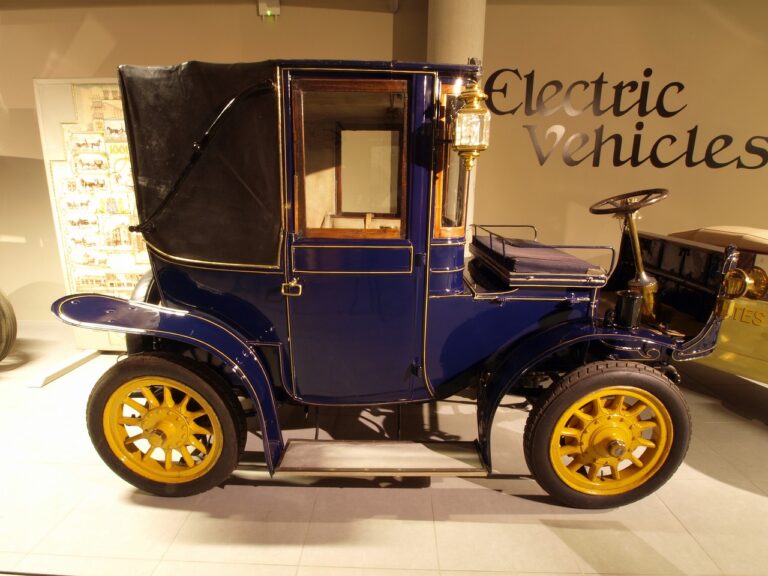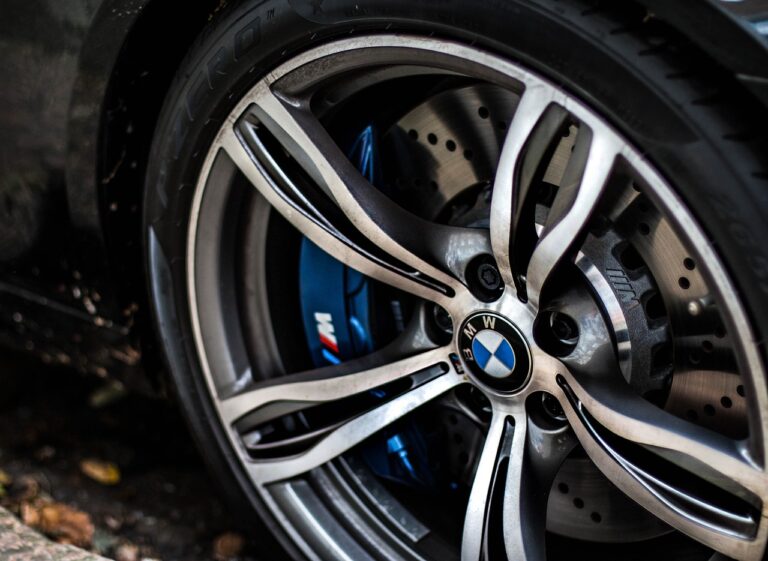The Evolution of Automotive Noise, Vibration, and Harshness (NVH) Reduction Techniques: Sky.247, Diamondexch9 com, Tiger exchange vip
sky.247, diamondexch9 com, tiger exchange vip: Automotive Noise, Vibration, and Harshness (NVH) Reduction Techniques have come a long way over the years. As technology has advanced, so have the methods and techniques used to reduce unwanted noise, vibration, and harshness in vehicles. In this article, we will explore the evolution of NVH reduction techniques and how they have evolved to provide a smoother and quieter driving experience for consumers.
Noise, vibration, and harshness are inherent in all vehicles to some degree. Whether it’s the sound of the engine, the feeling of the road through the steering wheel, or the jarring impact of driving over a pothole, NVH is something that every driver experiences. However, in recent years, automakers have focused on reducing NVH levels to improve the overall driving experience and make vehicles more comfortable and enjoyable to drive.
One of the earliest methods used to reduce NVH in vehicles was the addition of insulation materials to block out noise from the engine and road. These materials, such as foam and carpeting, helped to absorb sound and vibration, making the interior of the vehicle quieter and more comfortable for passengers. While insulation materials are still used today, automakers have since adopted more advanced techniques to further reduce NVH levels.
Advancements in materials and technology have allowed automakers to develop more sophisticated NVH reduction techniques. One such technique is the use of active noise cancellation systems, which use microphones and speakers to produce sound waves that cancel out unwanted noise in the cabin. These systems are now commonly found in high-end vehicles and have greatly improved the overall driving experience for consumers.
Another important NVH reduction technique is the use of vibration damping materials, such as rubber mounts and bushings, to reduce the amount of vibration transmitted from the engine and road to the vehicle’s chassis. By isolating the engine and suspension components from the chassis, automakers can minimize the amount of vibration felt by the driver and passengers, resulting in a smoother and more comfortable ride.
In addition to insulation materials and vibration damping techniques, automakers have also focused on reducing aerodynamic noise by optimizing the design of the vehicle’s body and components. By reducing air turbulence and drag, automakers can minimize wind noise and improve the overall acoustics of the vehicle. This has become increasingly important as consumers demand quieter and more refined vehicles.
Overall, the evolution of NVH reduction techniques has greatly improved the driving experience for consumers. From simple insulation materials to advanced active noise cancellation systems, automakers have made great strides in reducing unwanted noise, vibration, and harshness in vehicles. As technology continues to advance, we can expect to see even more innovative NVH reduction techniques in the future, further enhancing the comfort and enjoyment of driving.
—
**FAQs**
Q: How do active noise cancellation systems work?
A: Active noise cancellation systems use microphones to pick up sound waves in the cabin and then emit opposite sound waves through speakers to cancel out the unwanted noise.
Q: Are NVH reduction techniques only found in high-end vehicles?
A: While some advanced NVH reduction techniques are more commonly found in high-end vehicles, many mainstream vehicles also incorporate various NVH reduction techniques to improve the driving experience.
Q: Can I retrofit my older vehicle with NVH reduction techniques?
A: Depending on the specific techniques you want to implement, it may be possible to retrofit your older vehicle with certain NVH reduction techniques. However, it’s best to consult with a professional to determine the feasibility and cost of such modifications.







